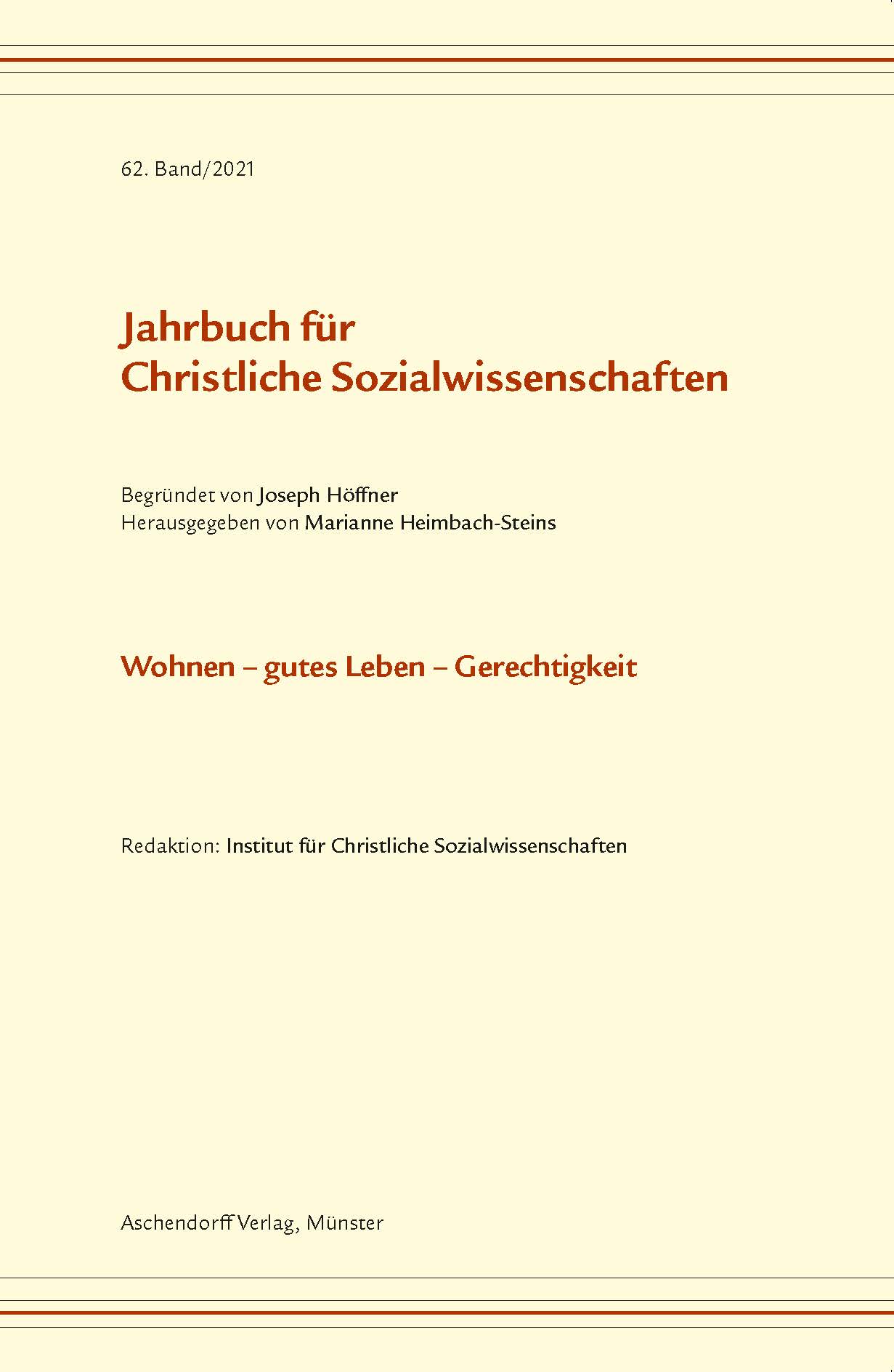Die arrangierte Stadt: neue Segregationen als Ersatz planerischen Handelns in der kosmopolitischen Stadt
DOI:
https://doi.org/10.17879/jcsw-2021-3546Abstract
This article addresses changing forms of segregation in the cosmopolitan city. In current urban research literature, the intensifying dynamics of self segregation among city dwellers are almost always interpreted as the result of superordinate market mechanisms. This overarching dynamic represents an important explanatory variant for developments observable in urban settlement. However, it is argued here that new forms of segregation should also be interpreted as individual adaptation strategies as a consequence of changing work environments and mobility demands. Three current examples are considered, each with its own degree of privilege and autonomy: Internal migrants in building groups and building communities, new self employment and transnational living arrangements, and skilled and migrant workers in shelters. The paper elaborates that these arrangements imply a socio-ethical dimension: the different population groups arrange themselves in the city as best they can, and without planning or intervention, the city sorts itself. Through this self-segregation, the long cherished model of the mixed city increasingly proves to be a chimera. The article sketches the development of the model of the mixed city, then turns to the findings of segregation research and outlines the socio-spatial polarization of cities with regard to housing development. This is followed by a discussion of the arranged cosmopolitan city, which is created by diversifying forms of mobility and by the demands of a flexible labor market that drive segregation.

